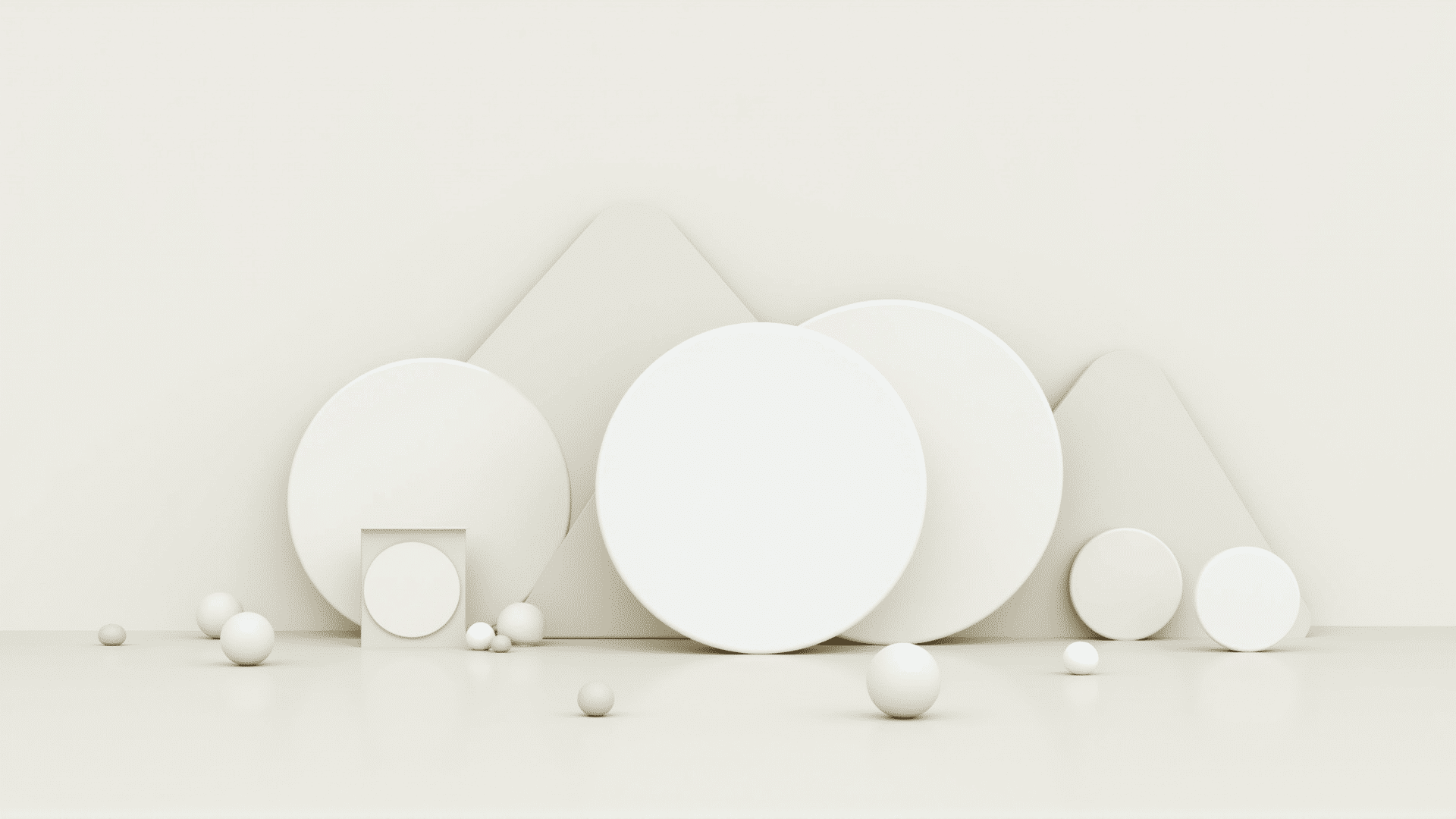Minimalist design, with its roots in the early 20th century, has been a transformative force in the world of art and architecture, and it continues to play a crucial role in shaping visual communications for businesses in 2024. As the digital age advances and consumer preferences shift towards simplicity and clarity, minimalist design has become more relevant than ever, guiding how companies express their identities and connect with their audiences.
The essence of minimalist design lies in its 'less is more' philosophy, emphasizing functionality, clarity, and the elimination of unnecessary elements. This approach creates a seamless user experience, enhancing both visual appeal and functionality. In 2024, the principles of minimalism have been adapted to meet the demands of an ever-evolving market, where the digital landscape is replete with information and distractions.
One major trend influencing minimalist design in 2024 is the increased focus on sustainability and eco-consciousness. Companies are striving to reflect their commitment to sustainability through their visual communications. As a result, minimalist design has incorporated eco-friendly color palettes—such as earth tones and nature-inspired hues—and sustainable materials in their physical branding elements. This not only reinforces a brand’s environmental ethics but also resonates with a growing audience that values sustainability.
Technology has also played a pivotal role in the evolution of minimalist design. With advancements in augmented reality (AR) and virtual reality (VR), minimalist elements are now being integrated into immersive user experiences. This fusion of technology and design allows for a minimalist aesthetic that is interactive, engaging, and efficient. For instance, brands are using AR to create clean, straightforward interfaces that provide users with information without overwhelming them, enhancing customer engagement and interaction.
Furthermore, typography in minimalist design has evolved, with a strong preference for sans-serif fonts that convey modernity and simplicity. In 2024, designers are experimenting with variable fonts that can be adjusted for different screen sizes and formats, ensuring that minimalist principles are maintained across various devices. This adaptability is crucial for maintaining brand consistency and providing a coherent visual experience, whether on a smartphone, tablet, or desktop.
In terms of layout and composition, asymmetry has become increasingly popular. While symmetry has traditionally been a hallmark of minimalist design, the dynamic use of asymmetrical layouts adds interest and movement without compromising the clarity that minimalism demands. This approach enables brands to communicate their message in a way that feels fresh and engaging while adhering to the minimalist tenet of purposeful design.
Color usage in minimalist design is subtle yet impactful. The trend of using monochromatic schemes with strategic pops of color has gained traction, allowing brands to highlight key messages or calls to action effectively. In 2024, there is an emphasis on digital pastel colors, which are soothing and modern, reflecting a calming digital presence that aligns with consumer desires for simplicity and tranquility amid their fast-paced lives.
Finally, the user experience (UX) design is increasingly intertwined with minimalist principles. Designers are prioritizing straightforward navigation, minimal user interface (UI) elements, and intuitive design structures. This approach not only facilitates a better user experience but also aligns with minimalist ideals by simplifying the digital journey, making it more meaningful and efficient for users.
In conclusion, as businesses continue to navigate the complexities of the modern marketplace, minimalist design offers a powerful tool for cutting through the noise and creating meaningful connections with audiences. In 2024, the evolution of minimalist design reflects broader societal trends towards sustainability, technological integration, and enhanced user experience, offering businesses a way to communicate their values and identities with clarity and elegance. As this design philosophy continues to adapt and grow, it will undoubtedly remain a vital component of successful visual communication strategies for years to come.
